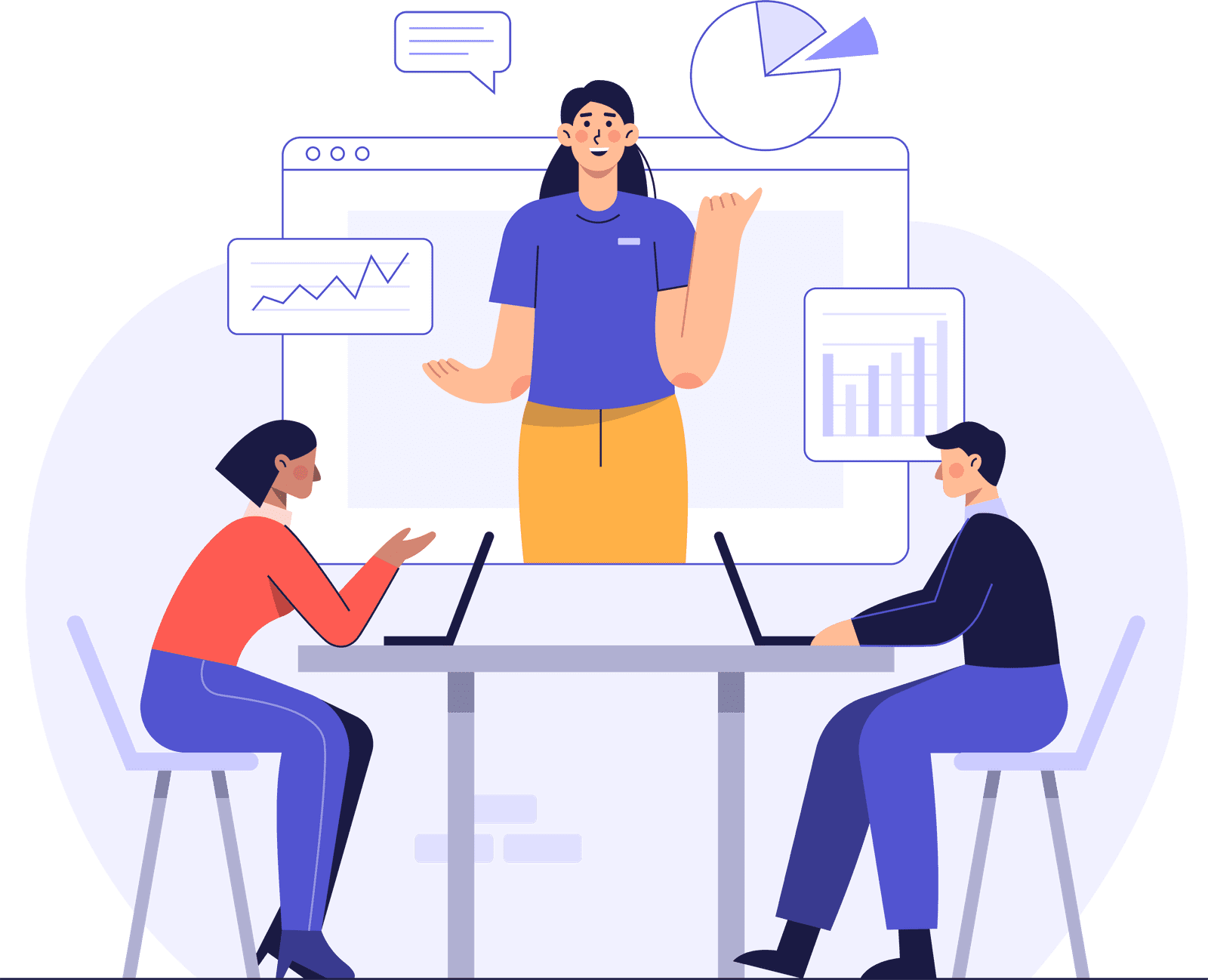Prerequisites
To apply for the Salesforce Business Analyst Training, you need to either:
Course Curriculum
Module 1: Fundamentals and Overview
- What is Cloud Computing?
- Overview on SaaS, PaaS, IaaS
- What is CRM? The architecture of CRM and Its uses.
- Creation of Salesforce Account for Practice.
- Overview of MVC Model M-Model, V-View and C-Controller
- Deep understanding of Application, Objects, Fields, Tabs
Module 2: Understanding Salesforce
- Understanding Salesforce User Interface
- Understanding Sales Standard App
- Objects – Standard & Custom
- Fields – Standard & Custom
- Data Types
- Creation of Object, Tab & App
- Field Dependencies – State & Country Example
- Object Relationships
Module 3: Records Types, Page Layout, Page Layout Assignment
- Introduction to Page Layout?
- Profiles – Set of Permissions, Visibilities
- Users and Profiles
- Permission Sets – Additional Permissions
- Field Level Security
- Record Types
- Record Types and Page Layouts
- Record Ownership
Module 4: Relationship and Lookup Filters
- Lookup Relationship and Master-Detail Relationship
- Junction Object (Many To Many Relationship)
- Lookup Filters
- Formula Fields
- Rollup Summary Field
Module 5: Salesforce CRM Functionality Overview
- Sharing Settings – OWD, Sharing Rules, Manual Sharing
- Organization-Wide Defaults
- Sharing Rules
- Manual Sharing
- Creating Profile, Permission Set, Sharing Settings
- Creating Roles & Implementing Role Hierarchy
- Creating Queue, Setting up Public Groups
Module 6: Workflow Automation, Process Builder, History Tracking
- Validation Rules
- Workflows & Approval Processes
- Auditing Process
- Field History Tracking
- Data Management
- Process Builder
Module 7: Visualization using Reports and Dashboards
- Classic Reports
- Lightning Reports
- Dashboard(Classic & Lightning)
Module 8: Overview of Business Analyst
- Business Analysis Process and Techniques.
- Stakeholder Need Analysis.
- Introduction to Software Development Life Cycles.
- Requirement Lifecycles
- SLDC Models (Waterfall, Spiral, Agile, Incremental)
Module 9: Requirement Process
- Requirement Analysis and Transformation Techniques.
- Functional and Non-Functional Requirement.
- Finalizing Requirements.
Module 10: Documentation & Quality Assurance
- BRS & SRS document
- Overview of Testing and UAT Testing.
- Impact Analysis in Software Testing
- Business Analysis Process and ER Diagram
- Tools for Designing use cases and data mode.







